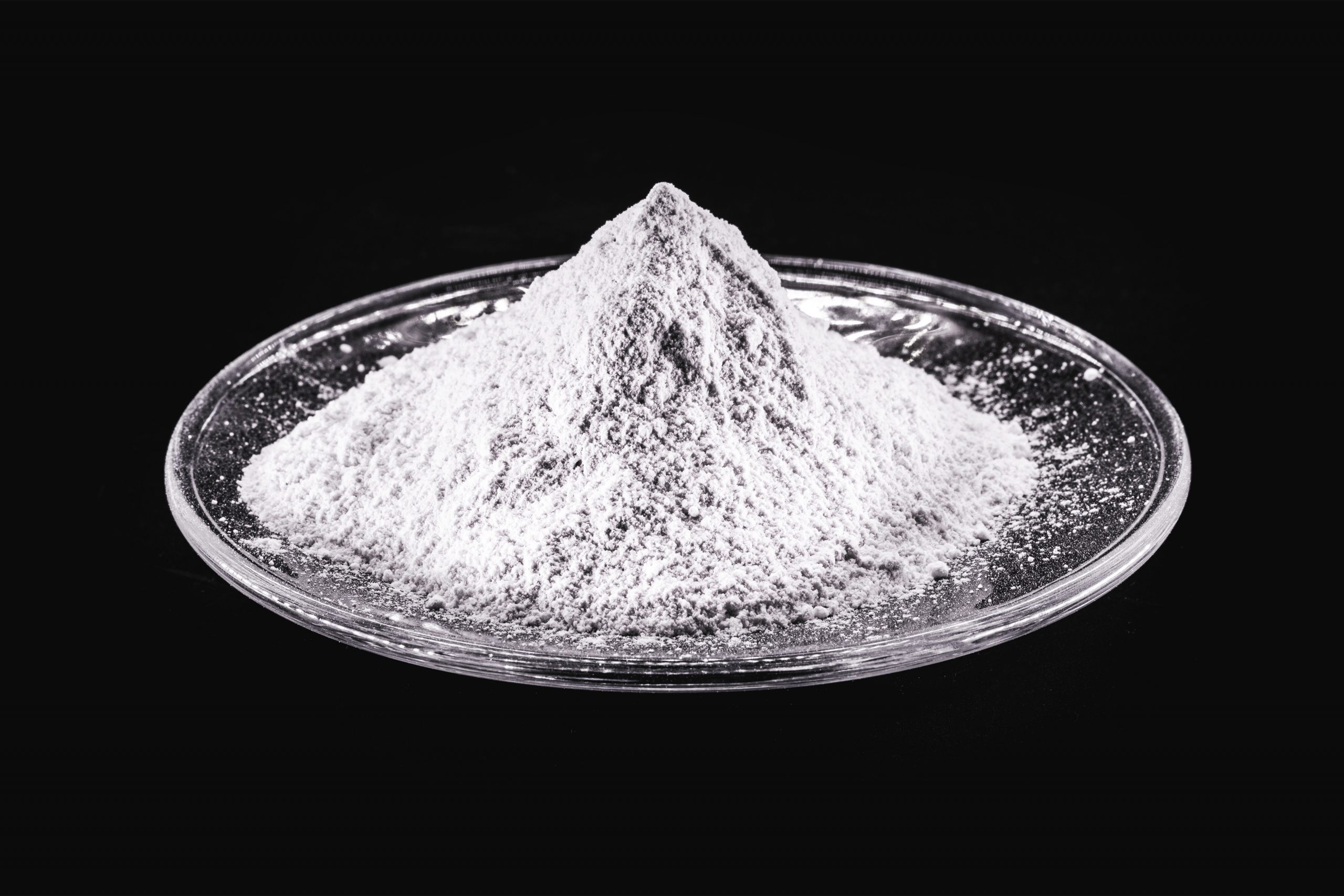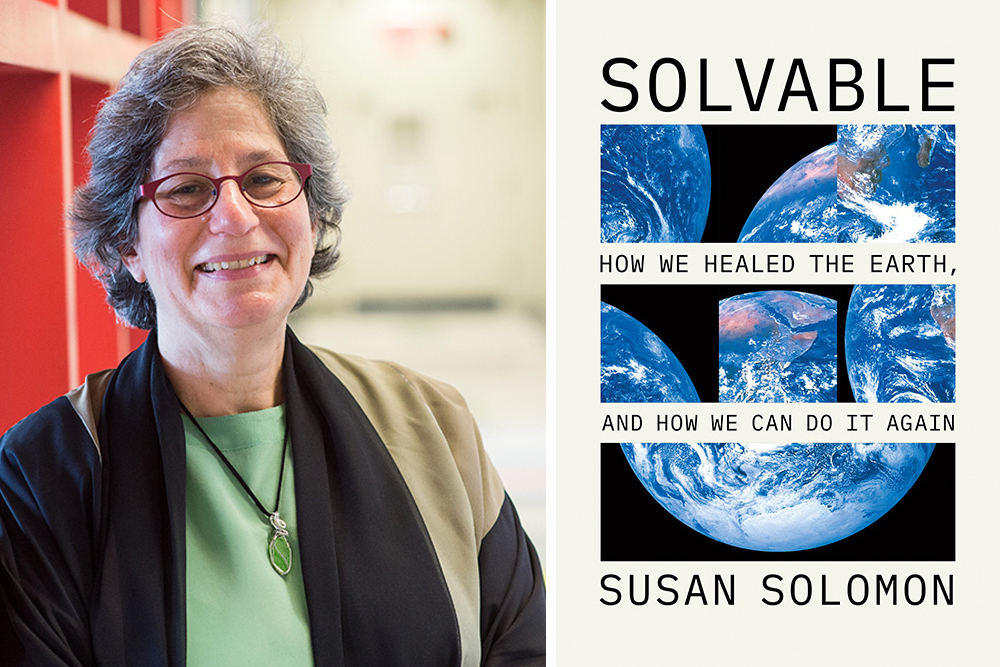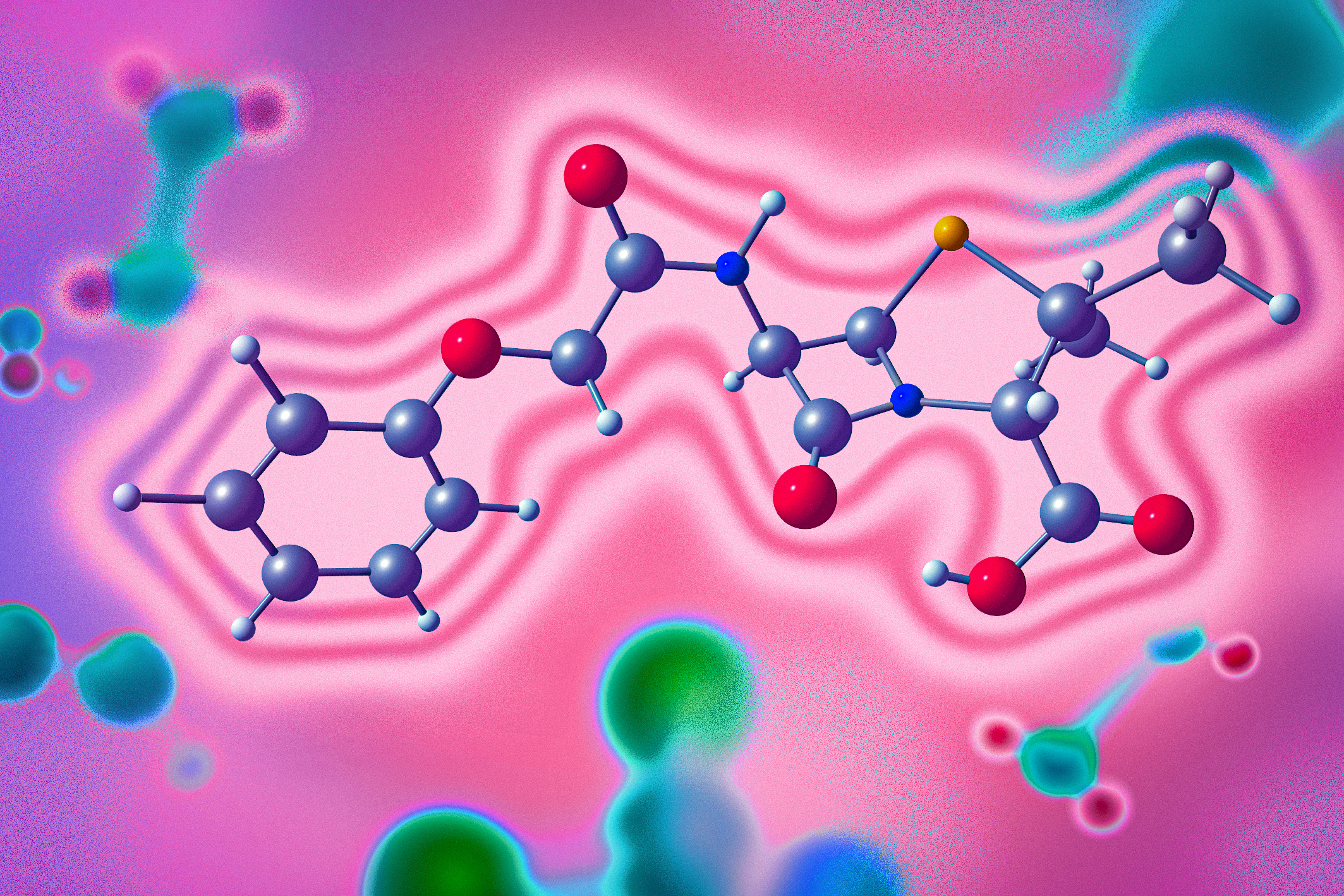A more sustainable way to generate phosphorus
MIT chemists found a way to cut the carbon footprint of producing white phosphorus, an ingredient in many consumer products.
Phosphorus is an essential ingredient in thousands of products, including herbicides, lithium-ion batteries, and even soft drinks. Most of this phosphorus comes from an energy-intensive process that contributes significantly to global carbon emissions.
In an effort to reduce that carbon footprint, MIT chemists have devised an alternative way to generate white phosphorus, a critical intermediate in the manufacture of those phosphorus-containing products. Their approach, which uses electricity to speed up a key chemical reaction, could reduce the carbon emissions of the process by half or even more, the researchers say.
“White phosphorus is currently an indispensable intermediate, and our process dramatically reduces the carbon footprint of converting phosphate to white phosphorus,” says Yogesh Surendranath, an associate professor of chemistry at MIT and the senior author of the study.
The new process reduces the carbon footprint of white phosphorus production in two ways: It reduces the temperatures required for the reaction, and it generates significantly less carbon dioxide as a waste product.
Recent MIT graduate Jonathan “Jo” Melville PhD ’21 and MIT graduate student Andrew Licini are the lead authors of the paper, which appears today in ACS Central Science.
Purifying phosphorus
When phosphorus is mined out of the ground, it is in the form of phosphate, a mineral whose basic unit comprises one atom of phosphorus bound to four oxygen atoms. About 95 percent of this phosphate ore is used to make fertilizer. The remaining phosphate ore is processed separately into white phosphorus, a molecule composed of four phosphorus atoms bound to each other. White phosphorus is then fed into a variety of chemical processes that are used to manufacture many different products, such as lithium battery electrolytes and semiconductor dopants.
Converting those mined phosphates into white phosphorus accounts for a substantial fraction of the carbon footprint of the entire phosphorus industry, Surendranath says. The most energy-intensive part of the process is breaking the bonds between phosphorus and oxygen, which are very stable.
Using the traditional “thermal process,” those bonds are broken by heating carbon coke and phosphate rock to a temperature of 1,500 degrees Celsius. In this process, the carbon serves to strip away the oxygen atoms from phosphorus, leading to the eventual generation of CO2 as a byproduct. In addition, sustaining those temperatures requires a great deal of energy, adding to the carbon footprint of the process.
“That process hasn’t changed substantially since its inception over a century ago. Our goal was to figure out how we could develop a process that would substantially lower the carbon footprint of this process,” Surendranath says. “The idea was to combine it with renewable electricity and drive that conversion of phosphate to white phosphorus with electrons rather than using carbon.”
To do that, the researchers had to come up with an alternative way to weaken the strong phosphorus-oxygen bonds found in phosphates. They achieved this by controlling the environment in which the reaction occurs. The researchers found that the reaction could be promoted using a dehydrated form of phosphoric acid, which contains long chains of phosphate salts held together by bonds called phosphoryl anhydrides. These bonds help to weaken the phosphorus-oxygen bonds.
When the researchers run an electric current through these salts, electrons break the weakened bonds, allowing the phosphorus atoms to break free and bind to each other to form white phosphorus. At the temperatures needed for this system (about 800 C), phosphorus exists as a gas, so it can bubble out of the solution and be collected in an external chamber.
Decarbonization
The electrode that the researchers used for this demonstration relies on carbon as a source of electrons, so the process generates some carbon dioxide as a byproduct. However, they are now working on swapping that electrode out for one that would use phosphate itself as the electron source, which would further reduce the carbon footprint by cleanly separating phosphate into phosphorus and oxygen.
With the process reported in this paper, the researchers have reduced the overall carbon footprint for generating white phosphorus by about 50 percent. With future modifications, they hope to bring the carbon emissions down to nearly zero, in part by using renewable energy such as solar or wind power to drive the electric current required.
If the researchers succeed in scaling up their process and making it widely available, it could allow industrial users to generate white phosphorus on site instead of having it shipped from the few places in the world where it is currently manufactured. That would cut down on the risks of transporting white phosphorus, which is an explosive material.
“We’re excited about the prospect of doing on-site generation of this intermediate, so you don’t have to do the transportation and distribution,” Surendranath says. “If you could decentralize this production, the end user could make it on site and use it in an integrated fashion.”
In order to do this study, the researchers had to develop new tools for controlling the electrolytes (such as salts and acids) present in the environment, and for measuring how those electrolytes affect the reaction. Now, they plan to use the same approach to try to develop lower-carbon processes for isolating other industrially important elements, such as silicon and iron.
“This work falls within our broader interests in decarbonizing these legacy industrial processes that have a huge carbon footprint,” Surendranath says. “The basic science that leads us there is understanding how you can tailor the electrolytes to foster these processes.”
The research was funded by the UMRP Partnership for Progress on Sustainable Development in Africa, a fellowship from the MIT Tata Center for Technology and Design, and a National Defense Science and Engineering Graduate Fellowship.





